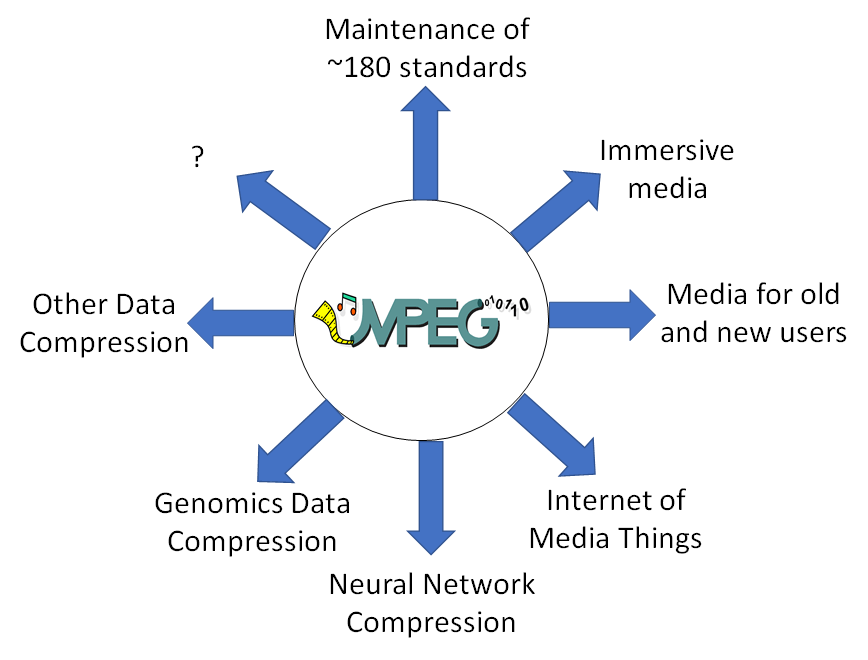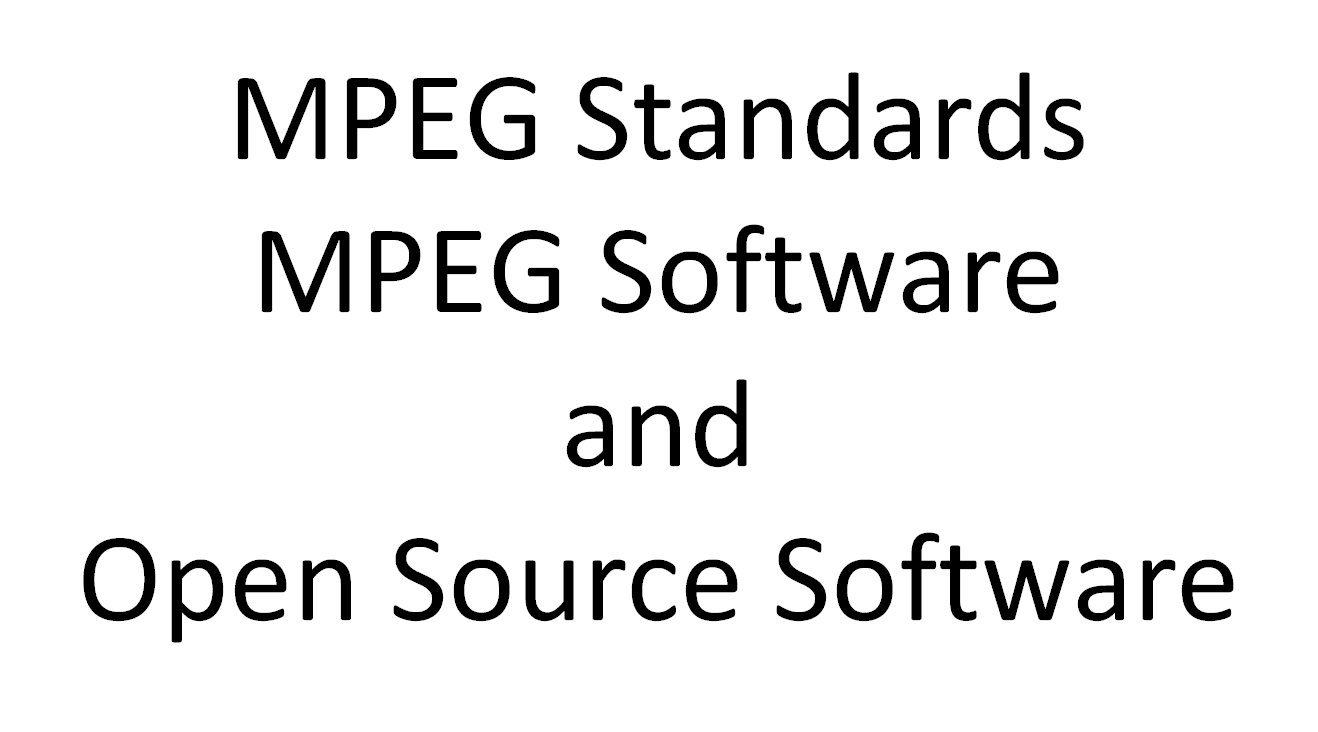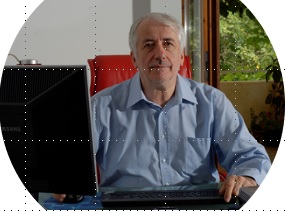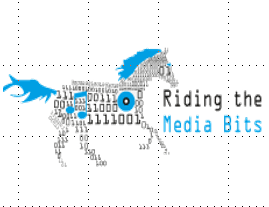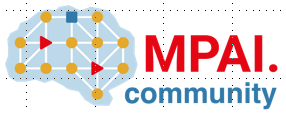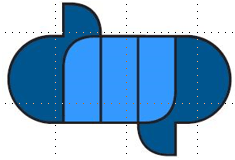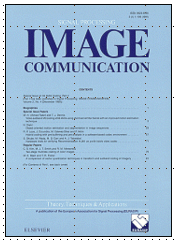The impact of MPEG on the media industry
MPEG was established as an experts group on 1988/01/22 in Copenhagen, a little more that 32 tears ago. At that time, content media were already very important: voice communication; vinyl, compact cassettes, compact discs for audio; radio, mostly on terrestrial Hertzian channels; and television on 4 physical media: terrestrial Hertzian channels, satellite, cable and package media. The way individual media evolved was a result of the technology adopted to represent content media and the way content media were distributed. Industry…
